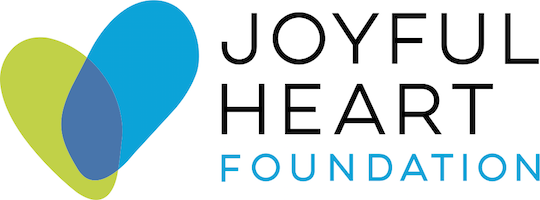You can leave this site quickly.
Learn more about Internet safety.
About Child Abuse and Neglect
What is child abuse?
Child abuse is an act or set of acts that results in serious harm or risk of harm, including physical or emotional abuse, exploitation or death, inflicted by a parent, caregiver, or other person who has responsibility for the child. If a caregiver fails to act and it results in serious harm or risk of harm, it is also considered child abuse.
This abuse includes the intentional failure to provide physical, emotional, and psychological well-being for a child, such as withholding medical care, affection, verbal affirmations, and intellectual/educational stimulation.
While the majority of abuse cases involve a person who has authority of the child, any adult or older child can be a perpetrator.
What are some types of child abuse?
Legal definitions differ across jurisdictions, but there are general types of abuse to help identify whether a child has been abused:
- Physical abuse. This consists of a non-accidental physical injury from beating, kicking, shaking, throwing, or otherwise harming a child.
- Sexual abuse. This consists of any sexual act on a child by an adult or older child, with or without force or threat of force, such as verbal seduction or abuse, anal or vaginal intercourse, oral sex, or manual stimulation.
- Emotional abuse. This consists of behavior that impairs a child’s emotional development or sense of self-worth, such as constant criticism and threats.
- Psychological abuse. This consists of behavior that affects a child’s sense of worth, such as harsh demands and yelling.
What is neglect?
Child neglect is the failure to provide for a child’s basic needs. This includes:
- Adequate food
- Clothing
- Shelter
- Education
- Supervision
- Medical care
- Mental/social well-being
- Safety




